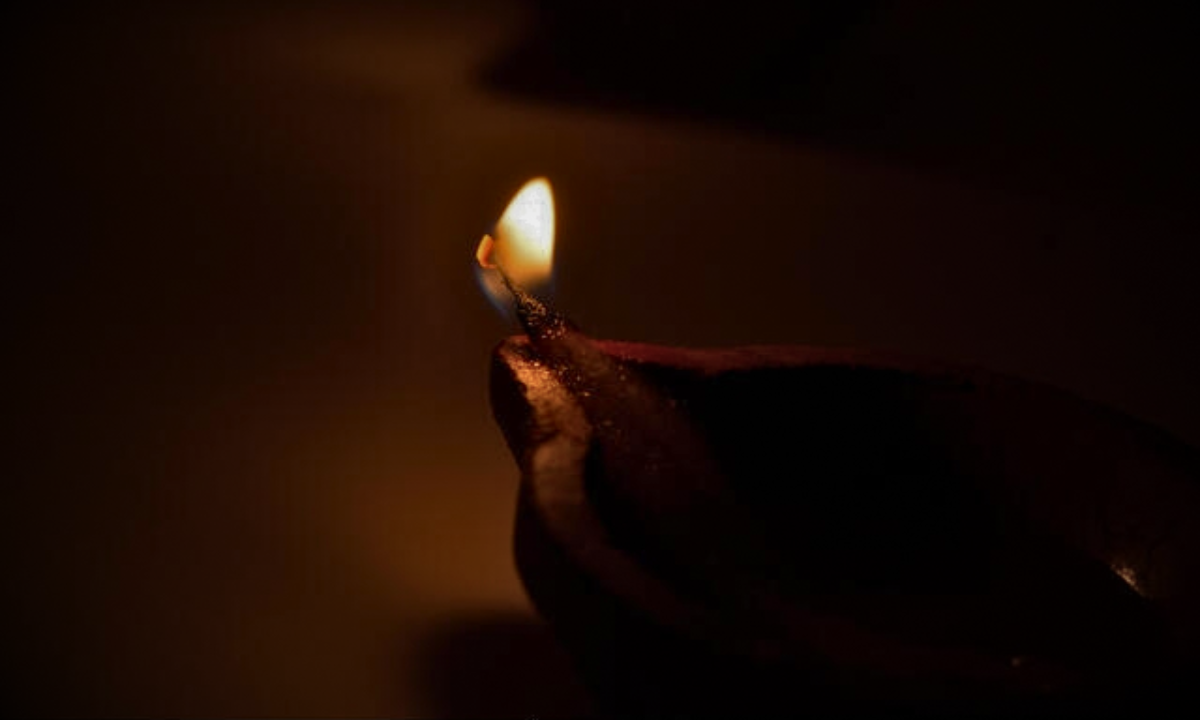Discover the complex customs and rituals of Hindu cremation ceremonies, particularly at the Peenya Crematorium in Bangalore, Explore the complexities of this age-old tradition, which represents the cycle of life and death, as well as the soul’s journey to the afterlife. When the corpse is placed on a funeral pyre, it is subjected to meticulous preparation and dedication. Family members and loved ones assemble to pray and perform rituals aimed at guiding the deceased soul to moksha, or freedom. From recitations of religious books to flower and incense offerings, each ritual has a unique purpose in cleaning the soul for its sacred journey. Understanding these customs encourages cultural respect while also assisting bereaved Hindu families. Let us look into the complexities of Hindu cremation ceremonies, shining light on the intricate traditions and beliefs that underpin this sacred rite of passage, especially among cremation services in Bangalore.
Significance and beliefs about Hindu cremation rites
Cremation rites are well-rooted in Hinduism and are intricately tied to religious and philosophical concepts. The concept that life is cyclical—birth, death, and rebirth—as the soul journeys through existence is important to Hindu teachings. Death, considered as a natural transition, frees the immortal soul from its temporary body.
These ideas are expressed through the solemn procedures by cremation services in Bangalore. Cremation marks the soul’s release from earthly attachments, freeing it to continue on its journey. The sacred ashes left over after this procedure are highly cherished and frequently scattered in holy waters.
Moksha, or liberation from the cycle of rebirth, is fundamental to Hindu philosophy. Rituals conducted during cremation are supposed to purify the spirit and direct it to its ultimate destination. Cremation services, in essence, remember the deceased while also acting as a conduit for spiritual growth, symbolizing the desire of eternal peace.
Rituals and traditions at Hindu cremation rituals

The holy grounds of the Peenya Crematorium in Bangalore host Hindu cremation ceremonies, which are decorated with a tapestry of rituals and customs, each rich with profound symbolism and spiritual value. These ceremonies, which differ in language but are identical in purpose, serve as a solemn passage for the departed soul.
Mourners assemble to chant sacred lyrics led by the wisdom buried in ancient books such as the Garuda Purana or the Bhagavad Gita, in search of solace and divine guidance for the deceased’s journey beyond the curtain of death. These recitations, delivered by priests or revered family members, hold echoes of eternity, providing comfort in the face of sadness.
Flowers and incense work in harmony to create a wonderful tapestry of devotion. Loved ones delicately present petals in remembrance of the departed, while beautiful tendrils of incense rise, purifying the atmosphere and sanctifying the soul’s passage.
These ceremonies, performed within the Peenya Crematorium, go beyond tradition; they are sacred rites that comfort hurting hearts and guide departed souls to their everlasting resting place. In following these rites, we not only pay tribute to the deceased, but also find solace in the eternal wisdom that leads us through life’s fleeting journey.
The role of family and community in Hindu cremation ceremonies.
In the intricate tapestry of Hindu cremation ceremonies, family and community emerge as critical support pillars, embracing grieving hearts. This solemn ceremony, which is deeply embedded in Hindu culture, transcends individual grief by drawing strength from the social links that bring families and communities together.
As the sad rites continue, family members and close friends gather, representing unshakable unity. They collaborate to complete the delicate tasks of preparation, such as bathing and clothing the body and arranging the funeral pyre. These community initiatives provide solace in the face of loss, with each gesture expressing genuine respect and regard.
However, comfort is sought and obtained outside of one’s immediate circle of family. The greater community, a tapestry woven with understanding and compassion, rallies around the bereaved family, providing a safe haven of support. Neighbors, neighbors, and members of the local community come together in a symphony of shared grief, providing hands of help and hearts of sympathy.
Within the holy space of the cremation ritual, loved ones’ united presence creates a tapestry of remembering and devotion. They pray, recite sacred poetry, and perform rituals together, their voices rising in harmony to reflect the links of kinship and community.
Hindu cremation ceremonies: Step-by-step process
Hindu cremation rites take place on the serene grounds of the Peenya Crematorium in Bangalore, following a precisely organized step-by-step process steeped in ancient customs and great reverence. Each rite unfolds with solemnity and grace, bringing comfort to hurting hearts and leading departed souls on their everlasting path.
Beginning with rigorous preparation, the departed is cleansed, dressed in new clothes, and adorned with fragrant flowers, before sacred ash is applied to the forehead as a sign of purity and transcendence. As family and loved ones assemble at the cremation site, situated in the peaceful embrace of a flowing river, the funeral pyre emerges, beautifully built from combustible materials.
Prayers led by a priest or reverend family member resound throughout the congregation, followed by donations of incense and flowers, each a somber tribute to the deceased’s soul. When the pyre is lit, flames dance in sad devotion, devouring earthly remains and representing the soul’s liberation from material constraints.
Following that, the sacred practice of collecting the ashes takes place, which is a deeply touching event. These ashes, carried by the gentle currents of a sacred river, represent the soul’s freedom and path to oneness with the divine. Each stage of this age-old ceremony, performed at the solemn Peenya Crematorium, demonstrates the enduring bonds of love, faith, and eternal memory.
Conclusion: Understanding and respecting Hindu cremation ceremonies
Finally, Hindu cremation ceremonies, such as those held at the Peenya Crematorium in Bangalore, demonstrate Hindu culture’s reverence for life and death. These rites, which are based on ancient traditions and beliefs, serve as a sacred passage for departed souls to moksha while also bringing comfort and help to mourning families.
Understanding and honoring the nuances of these ceremonies enables us to offer understanding and compassion to Hindu families experiencing loss. These ceremonies create a communal space for sadness and reflection, fostering community solidarity and healing.
Exploring the nuances of Hindu cremation ceremonies not only broadens our understanding of ancient traditions, but also creates a deep respect for diverse cultural practices. We respect these traditions within the context of cremation rituals in Bangalore.
Kaashimukthi is a funeral services provider in Bangalore that assists grieving families by arranging the entire funeral process from rites to cremation burial with compassion and care. Contact us +91 9845819660

